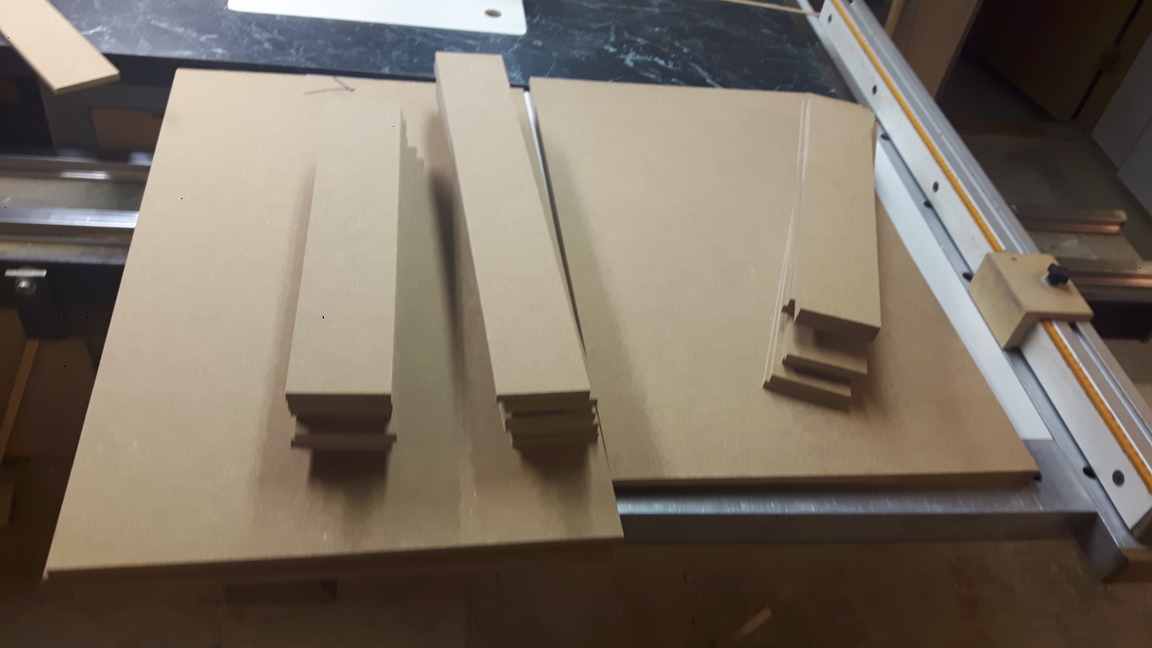

A couple common designs are Roman arch (a smooth curved top, but it leaves a "pointy" area at the ends that are at risk of chip-out) and Cathedral (an arch in the center that curves back to a horizontal line at the ends). Top treatmentĪ raised panel door doesn't have to have a straight 2 inch rail across the top - it can have a more decorative shape. These partially inset doors (and drawer fronts) are often rounded over on the outside. This style door is used with face frames and special hinges that straddle the inset rabbet. The groove for the inset is 3/8 inches from the edge, with 1/4 inch overlapping the frame, and 1/8 inch gap on all sides. Some Shaker doors are partially inset in the door frame - a 3/4 inch thick door is inset 3/8 inch deep. Some people like a simple roundover on the front and back of all door edges The cutter I use also adds a slope to the side, so handles are optional. There are profiles that can be cut in a door edge to add character, similar to the raised panel. I find a 12-15 degree slope on the edge of the door is sufficient, and doesn't interfere with typical Euro hinge installation. Fine, but if you want a really clear surface, with no knobs or handles, you need a slight fingerhold to open the doors. The European style door has square edges. With an overlap door, probably no issue, but if you have double doors, just how much room must be left between them? Edge Treatment
#Stiles and rails proportions plus#
If they are made of solid wood, there is risk of warping, plus the door will expand across grain - typically getting wider. If they are made of plywood, they are stable, but need a very durable edge - glue on edge banding may not be sufficient for a heavily used door. If you buy the glass separately, it should be slightly smaller than the opening to leave room for the adhesive. Most glass is glued in these days, in a bed of clear silicone glue, rather than being nailed in with a moulding strip.

After the door is complete, the back of the groove is cut out with a router (I use a climb cut and a special cutter). Glass doors are either made with special cutters or can be made using the rail and stile cutters for a floating panel door. If the panel is plywood or MDF (paint grade or veneered) the panel can "fill" the slot, even be glued in, to add stability to the door. If I am using a hardwood panel (bookmatched, of course!) the dimensions are similar to raised panels, including the use of space balls. The floating panel can expand and shrink independent of the rails and stiles - I use space balls to absorb the expansion and keep the panel from rattling.Ī Shaker door is a flat panel door, often with a simple slot (no fake mouldings) but otherwise similar to a raised panel door.

Wide starts to get into issues of wood expansion across the grain (where the cross-grain of the rails connects to the edge of the stiles). Narrower is okay, but doesn't leave a lot of glue area at the corners, and may be short of room for European hinges. Rails and Stiles are typically 2 inches wide, plus extra for "mouldings," so about 2 3/8 inches. The basic starting point is a raised panel door. But my choice is normally to build the doors because I can use wood from the same batch as other wood in the project (better color matching), and my volume is small - not worth the effort of placing and order and waiting for delivery. Excellent quality doors are available from many vendors. Many woodworkers "outsource" their doors - buy factory made doors for their furniture. HomeĪnd calculating the size of door components Build or buy We receive a small commission if you click on the ads (selected by Google), or if you link to a product recommended by us. One-person business of woodworking and other crafts

SoloWoodworker - Hints and calculations for building wooden doors


 0 kommentar(er)
0 kommentar(er)
